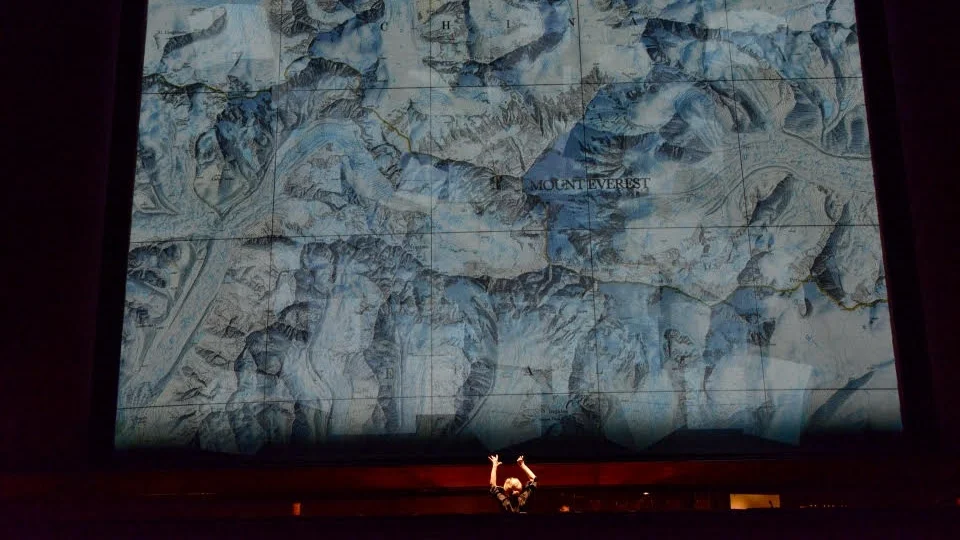If you think about technological innovation in the arts, opera is probably not the first thing to come to mind. However, history shows that opera has always pushed boundaries in finding creative new ways to produce extravagant productions.
Practical Considerations for Implementing Virtual Reality in Arts Educational Settings
The presence of Virtual Reality (VR) technology in arts education is growing. From museums to live music to healthcare and more, VR is beginning to change how we perceive the arts and learning. After all, this immersive experience has been proven to enhance the learning experience and achieve a higher retention of knowledge, quickly changing the learning environment. This research study investigates the opportunities presented by VR for arts education as well as the practical hurdles that need to be overcome to successfully use VR in K-12 educational settings.
Affordable Options and Funding Sources for Bringing VR into the Classroom
Beyond Livestreaming: Remote Theatre Attendance through Virtual Reality (VR)
Virtual Reality technology is increasingly more sophisticated and powerful, and it’s predicted to fully hit the mainstream within the next year. In the performing arts VR has been adopted slowly, most commonly used for immersive experiences. However, there may be a lost opportunity: institutions can use VR simply to grow audiences.
Nonprofits are experimenting with mining cryptocurrency, but what does that even look like?
Digital Engagement Strategies for the 21st Century Museum
Shifting audience interests towards interactive and shareable experiences has led many museums to explore the potential of digital engagement tools. Given the costs and changes typically required for successful digital integration, museum staff must first ask themselves why their institution should consider investing in emerging technologies and what they hope to achieve from such an investment.
Internet2, It's Simpler than it Seems
Consumers Spent Big This Holiday Season - What and How Did They Buy, and What May Capture Their Attention Next?
There are a lot of options for how people may choose to allocate their time, attention, and financial resources. To an extent there is competition in the cultural sector between museums, theaters, and other similar organizations, but external options, such as other forms of entertainment or educational technology, present a plethora of choices for the consumer. With that in mind, as we start the year let’s take a brief scan of what was hot in the tech world through the 2018 holiday season, and what appears to be on the horizon.
Top 7 Technology Innovations to Watch in 2019
The Evolving Fusion of AR, Public Art, and Virtual Public Space
Public art in commercial and recreational structures is a means to bring communities together and directly connect people with the physical space around them. Typically, public art is presented in the form of murals, sculptures, architecture, and environmental art. In addition to social bridging, public artworks can serve as identity-markers for particular locations, mediums to express distinct points of view, and vehicles to inspire personal and social change.















